Introduction of Arabica Coffee Bean varieties and Origin and Price list introduction of Arabica Bean Flavor and taste
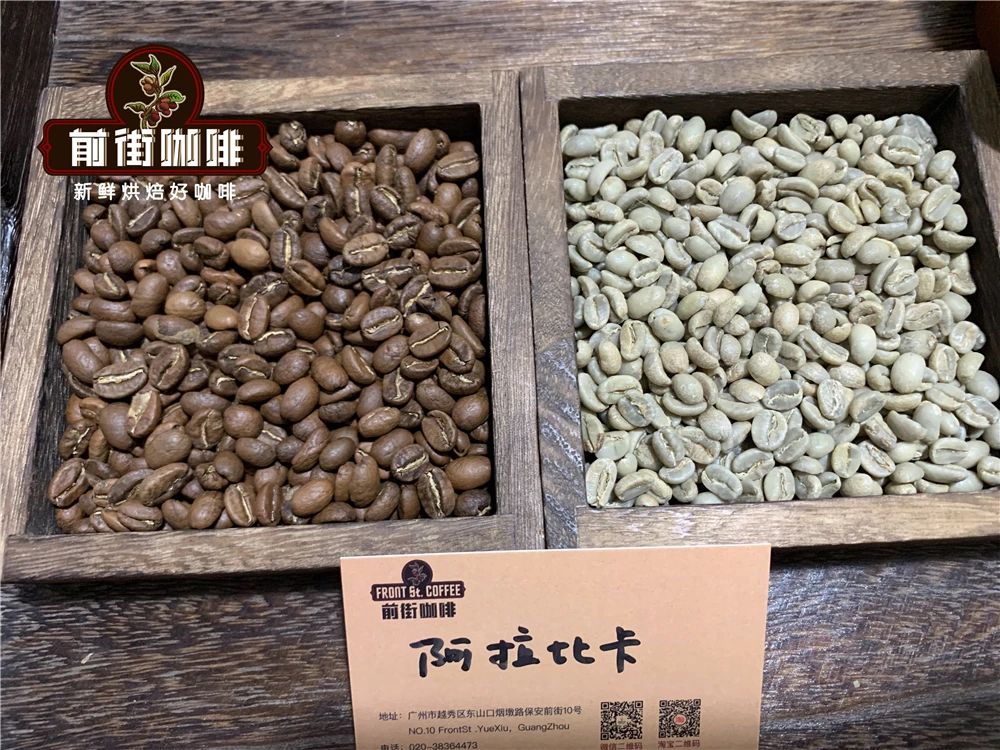
The commercial coffee beans on the market can be simply divided into two categories: Arabica and Robusta. Among them, Arabica is more popular because of its rich and varied flavor and aroma.
Arabica is from Ethiopia.
Arabica coffee comes from the Ethiopian plateau of Ethiopia in Africa. At first, Arabica coffee was mainly used as medicine, but later people developed the habit of drinking it after baking. It was spread to all parts of the world by Arabs through trade in the 16th century and gradually developed into a popular drink today. Many of the boutique coffee beans we are familiar with belong to Arabica varieties, such as Jamaica Blue Mountain Coffee, Panamanian Rose Summer Coffee, Essex Sheffield Coffee and so on.
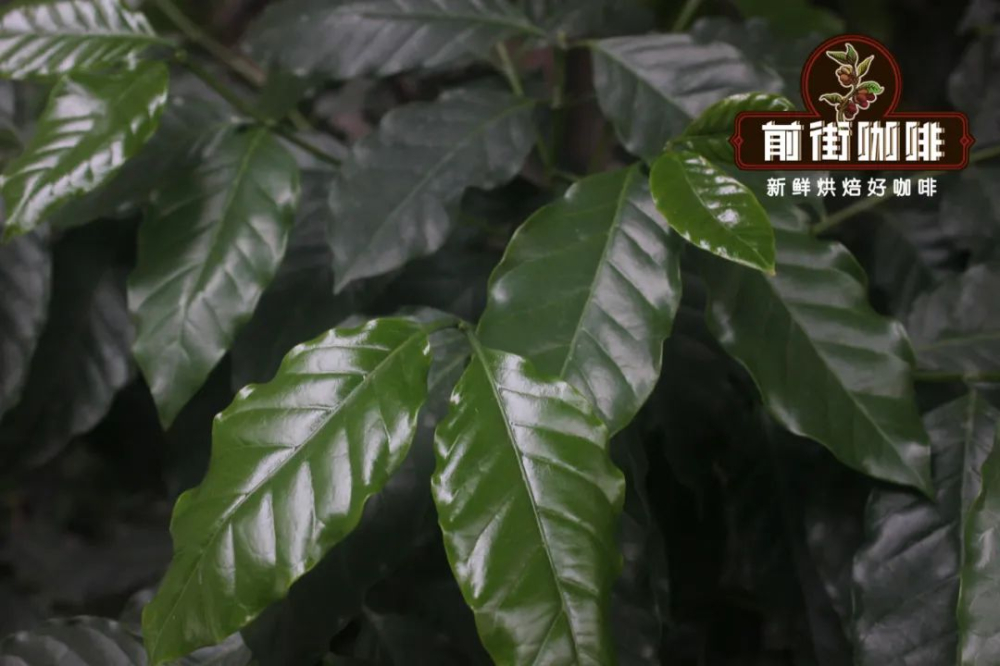
Arabica is a large shrub with oval, dark green leaves and oval fruit. Generally, there are two slightly flattened beans, which are round and oval on the front, narrow and S-shaped in the middle, and smooth in arc on the back of the beans. There are two Arabica coffee trees planted next to the Dongshankou store on Qianjie Street, so you might as well pay attention to it when drinking coffee.
Arabica is low in caffeine, about 0.9% to 1.2%, 60% more fat than robusta coffee, and twice as much sugar, so Arabica tastes sweet and soft, with a bit of fruit acidity. And Arabica's chlorogenic acid is low, about 5.5% to 8%, chlorogenic acid is not only antioxidant, but also an important component of resistance to pests, so Arabica is more vulnerable to insect damage, but also vulnerable to climate, generally planted at higher elevations, bearing less fruit and slower.
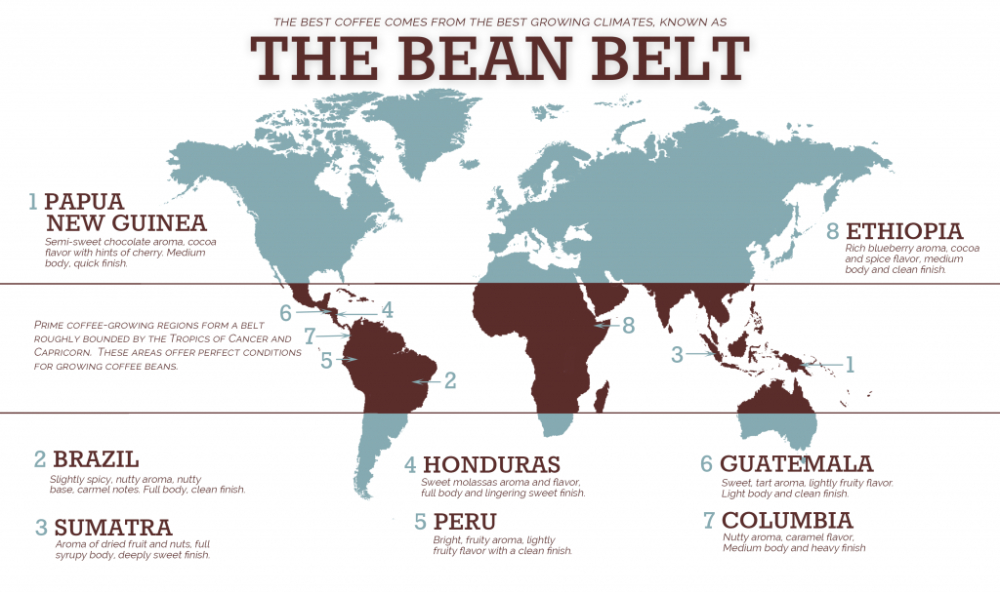
Coffee drinkers should know that coffee is a tropical plant and needs to be planted in a warm place. The main planting areas of coffee trees are distributed between latitude 25 °south and latitude 25 °north with the equator as the center, which is called the "coffee belt". For example, Brazil, Colombia in Central and South America, Ethiopia and Kenya in Africa, Sumatra in Indonesia and Yunnan in China in Asia. They are all high-quality coffee producing areas located on the coffee belt. Half a hundred coffee beans on the Qianjie bean list are high-quality Arabica varieties selected from these areas.
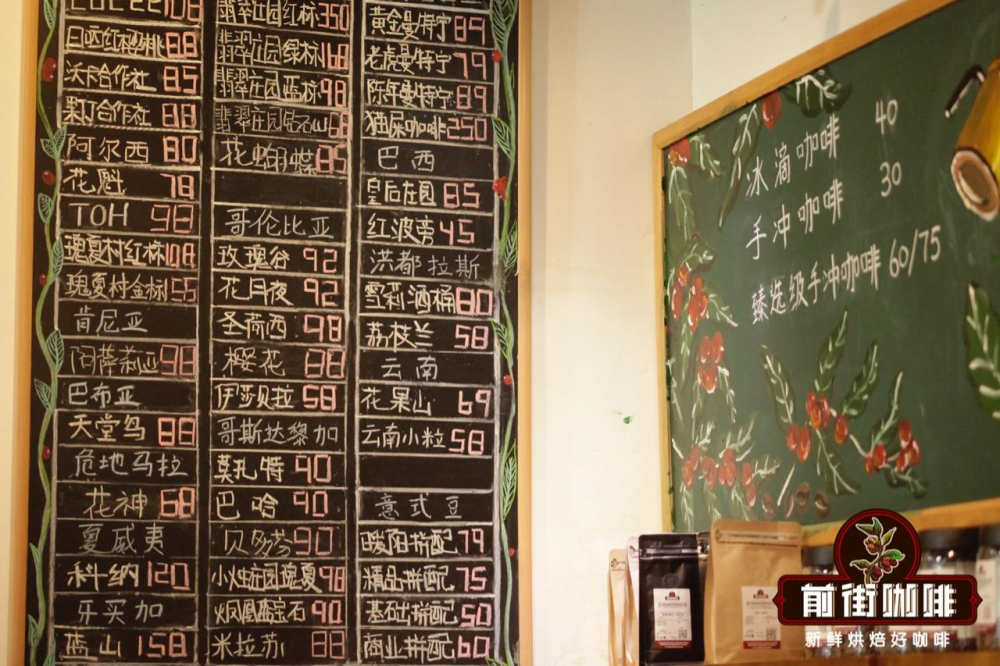
The growing environment of Arabica coffee
The cultivation of Arabica species requires very stringent conditions and high requirements for soil. Arabica species need to grow at a height of 800 to 2200 meters without frost, and the higher the altitude is, the significant temperature difference is formed, which delays the ripening of coffee fruit, which is more conducive to the accumulation of flavor substances and fuller aroma development. The microclimate of each coffee producing area provides a variety of growth conditions for Arabica, forming a unique flavor and taste.
In addition to high altitude, Arabica also needs plenty of rainfall, sunshine, fluffy soil with good drainage, as well as fertile soil. In terms of cultivation, the region is very limited, and the cost of planting and management is higher.
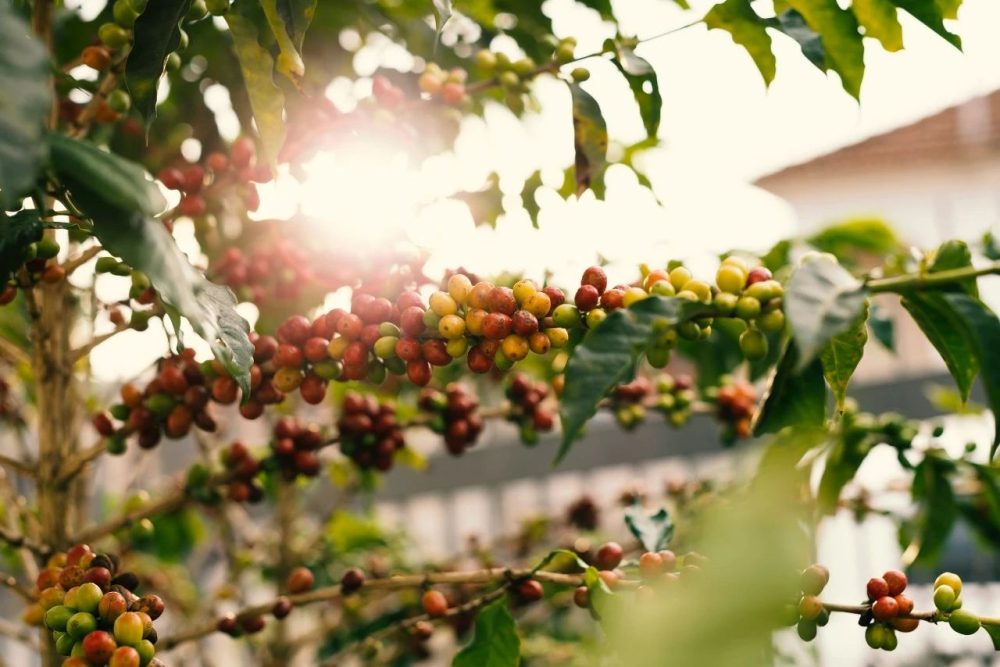
Two ancient and pure Arabica species
While flipping through the history of coffee, Qianjie learned that Arabica coffee spread around the world in two ways, with ancient varieties of iron pickup and bourbon soldiers.
Iron pickup Typica
The oldest native variety in Ethiopia was discovered between the 15th and 16th centuries AD. The parietal leaf of the iron pickup is bronzed and the bean body is oval or thin in shape. Iron pickup has elegant sour fragrance, but its physique is weak, it is vulnerable to leaf rust and produces less fruit, so it is gradually replaced by farmers with other more robust varieties. The world-famous Jamaican Blue Mountain Coffee is a kind of iron pickup.
It has been more than 200 years since iron pickup was introduced to Blue Mountain in the 18th century, and the iron pickup of Blue Mountain has also adapted to the local island type and evolved a better ability of disease resistance, among which the coffee berry disease will be much stronger than the general tin card. Qianjie believes that the delicate and clean flavor of Blue Mountain is inseparable from Jamaica's careful cultivation of tin card varieties. The front street uses medium-depth baking to maximize the chocolate and nutty aromas of coffee, while retaining soft acidity and sweetness, making the overall taste balanced.
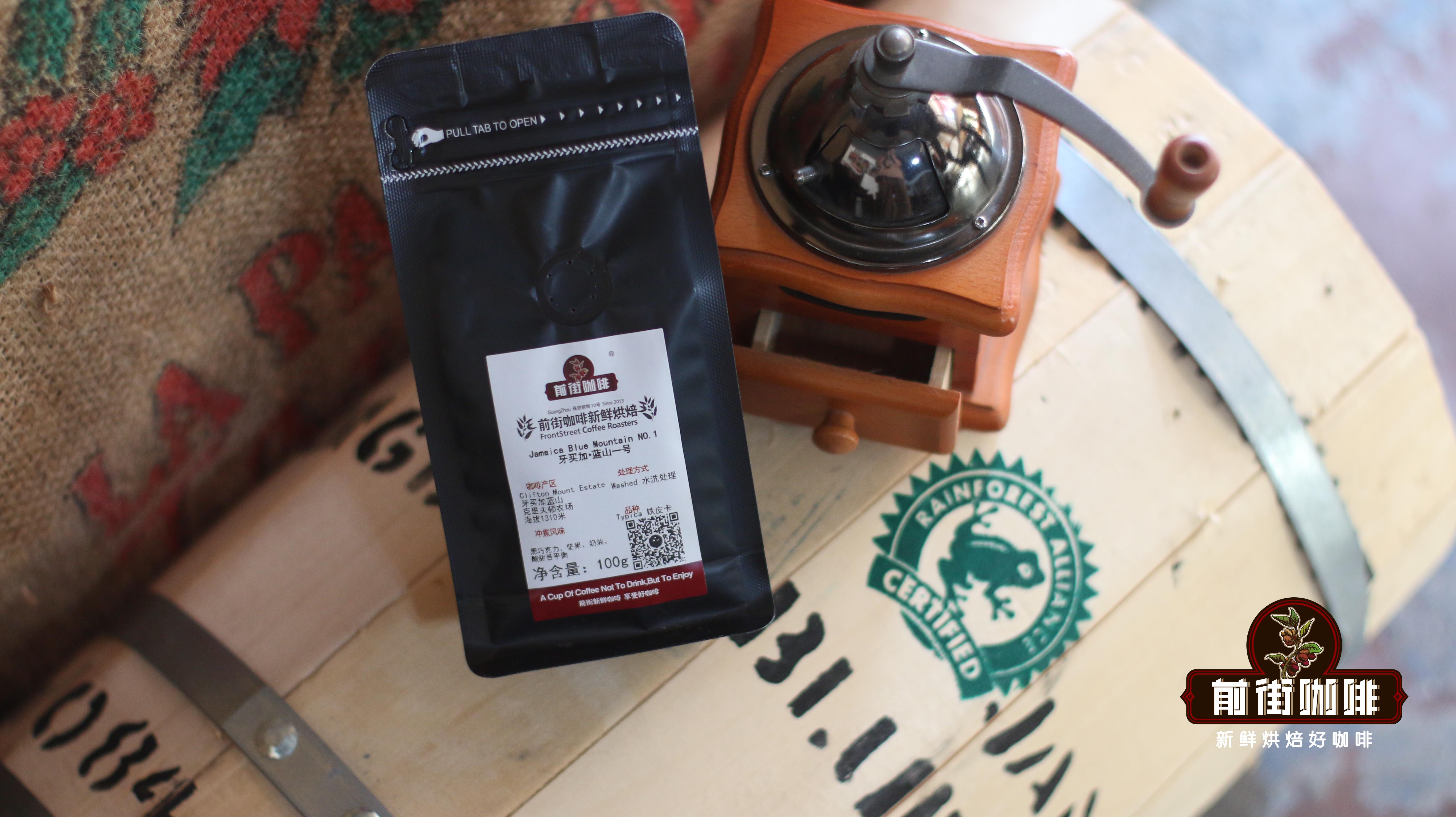
Bourbon Bourbon
Bourbon comes from the natural mutation of the iron pickup, the bean-shaped thin point turns into a round body, which was first found on the island of Bourbon and Reunion on the east coast of Africa. It was named bourbon in 1715 after France transplanted round beans from Yemeni mocha to the island of Bourbon on the east coast of Africa (renamed Reunion after the French Revolution). Bourbon round beans were introduced to Brazil in 1727. Because the plants can be planted intensively, the results are relatively high, and the yield is 20% higher than that of iron pickup.
Most of the Brazilian coffee has a low sour taste, coupled with the mellow aroma of the coffee, the entrance is extremely smooth, and the aftertaste can make people comfortable and pleasant. Qianjie Coffee chose a half-sun red bourbon coffee as the representative of Brazil, coffee flavor with obvious nuts and chocolate, medium caramel sweetness, smooth taste, overall balance. Qianjie will add it to the rations bean series, Qianjie rations beans is the facade of each large producing area, showing the basic flavor of the producing area, coffee entry-level players can understand the basic flavor of the producing area, and then according to their own favorite choice in-depth understanding of different types of producing areas.
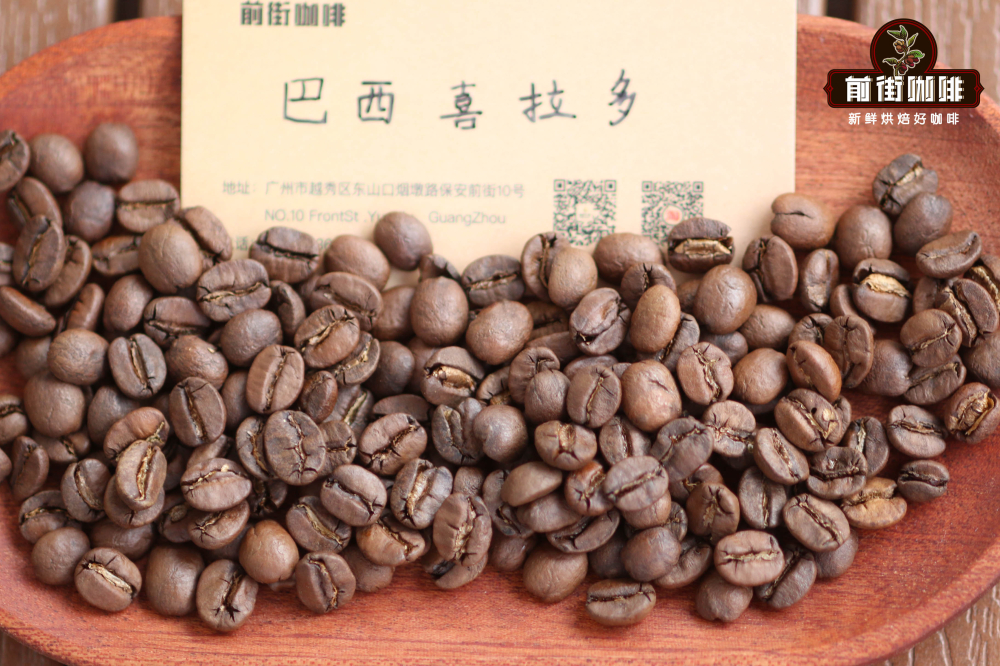
What other common Arabica varieties are there?
With the development of the coffee industry, high-quality coffee beans will have detailed traceability information, so when we buy coffee beans, we can know the origin, variety, flavor, growers, treatment and other information from the packaging. Several common Arabica varieties are introduced here in Qianjie.
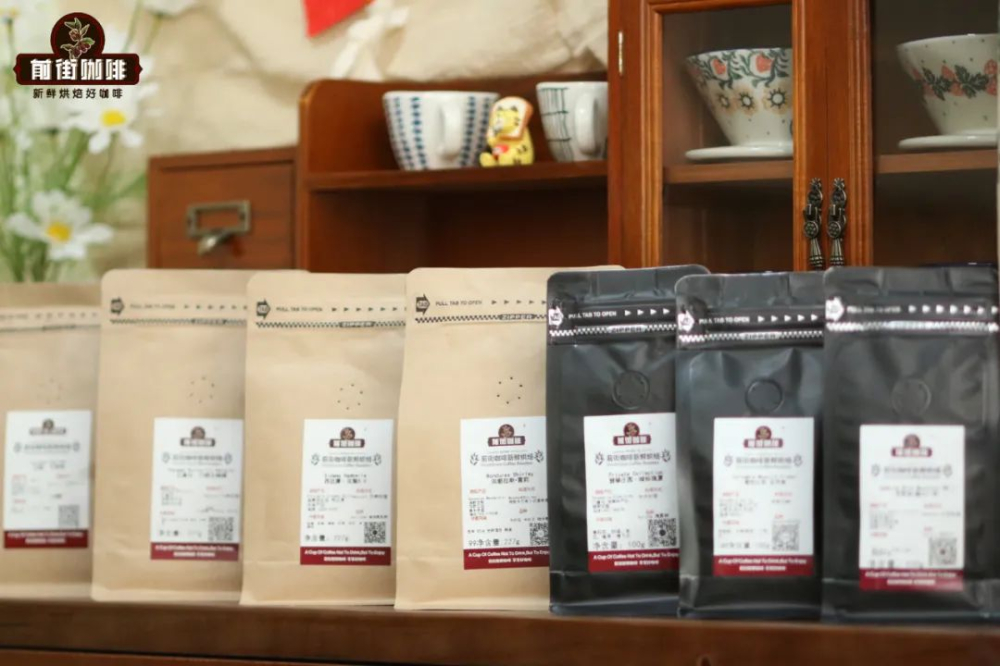
Rose summer Geisha
Friends who often drink hand-made coffee must have heard of Panamanian Rosa Coffee, which is synonymous with contemporary boutique coffee because of its amazing aroma. The rose variety is derived from iron pickup and is also produced in Ethiopia, the birthplace of coffee. Unlike other coffee varieties, the foliar system of Rosa coffee tree is very thin, that is to say, the efficiency of photosynthesis is very low, the root is still very fragile, and the absorption of water and nutrients is very slow, so the yield of coffee is very low. coupled with the high altitude growth environment, the fruit ripens later.
At present, Rosa Rosa has been planted in many parts of the world, and it is the new king of boutique coffee, among which Panama, Guatemala, Colombia and other Latin American countries have higher quality, and Panamanian Rosa is the leader in boutique coffee. When it comes to rose summer coffee, of course, the most popular coffee on the Qianjie bean list is the rose summer coffee produced by the famous jadeite manor, which is divided into red rose summer, green rose summer and volcanic rose summer according to different characteristics. High-quality Rosa coffee is loved by many coffee people because of its pungent aromas of roses, oranges, berries and honey.
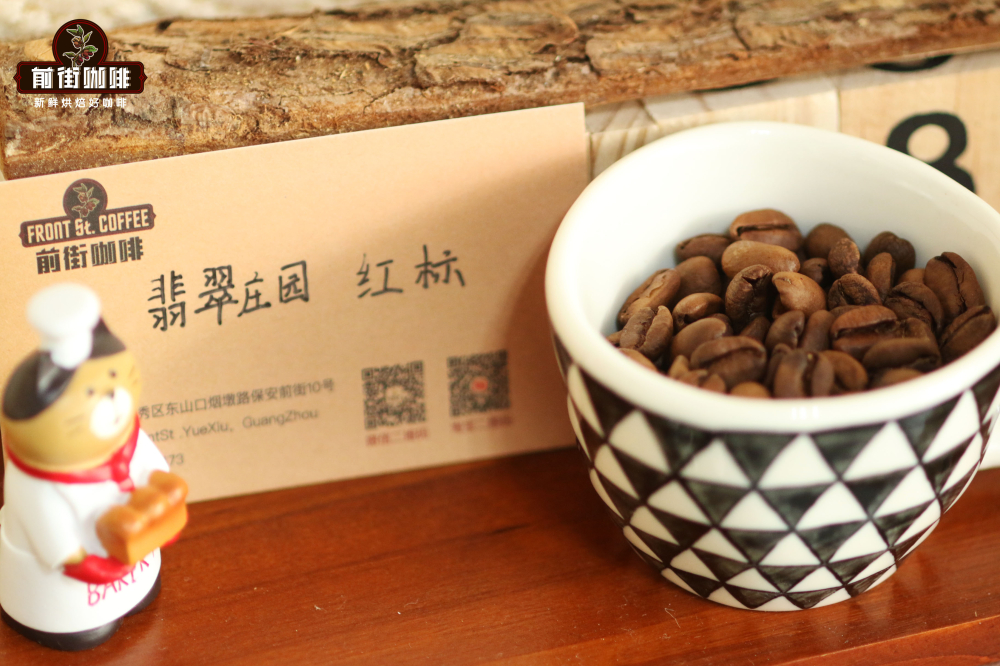
Kaddura Caturra
Kaddura, a natural mutation from bourbon, was discovered in Brazil in 1937. The tree shape is relatively short and the disease resistance is not high, but because it can be planted intensively, the fruit hanging rate is higher, so the yield is higher than that of bourbon and other varieties. Kaddura is widely grown in Central American countries. Kaddura is a winner in many coffee competitions because of its bright acidity, fruity taste, chocolate and sweet nuts after medium-to-deep baking. Many coffee beans on the Qianjie bean list contain Kaddura varieties. If you want to know the flavor characteristics of this variety, Qianjie recommends Colombian rations beans here, which is selected from the Kaddura variety washed in Huilan area, with a very high degree of cleanliness. Qianjie hopes to highlight the classic Colombian coffee flavor, with medium-to-deep roasting, showing nutty, dark chocolate and caramel aromas.
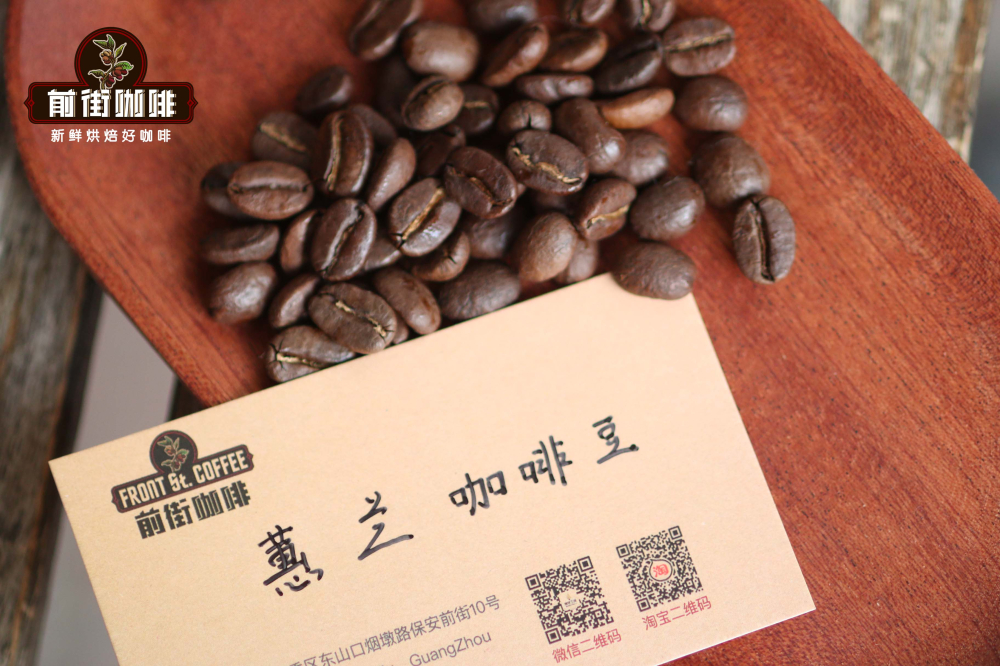
SL28&SL34
During the period from 1935 to 1939, Scott's laboratory used SL as a prefix for selected coffee varieties. Forty-two varieties from different producing areas were selected in the laboratory, and their yield, quality, drought resistance and disease resistance were studied. After numbering and screening one by one, SL-28 and SL-34 were finally obtained.
SL28 comes from the bourbon gene group, the bean shape is short and round, the bean body is thick, and it has the flavor characteristics of rising acidity and obvious sweetness. SL34 comes from the iron pickup gene group, the bean shape is oval, it is not as plump as the tin card variety from the side, it will appear relatively flat, and it has the flavor characteristics of sweet and sour balance and caramel aftertaste. Kenny Asalia coffee beans in Qianjie are selected from these two varieties and washed for 72 hours, showing the full acidity of Brin, yellow sugar, black plum and virgin fruit.
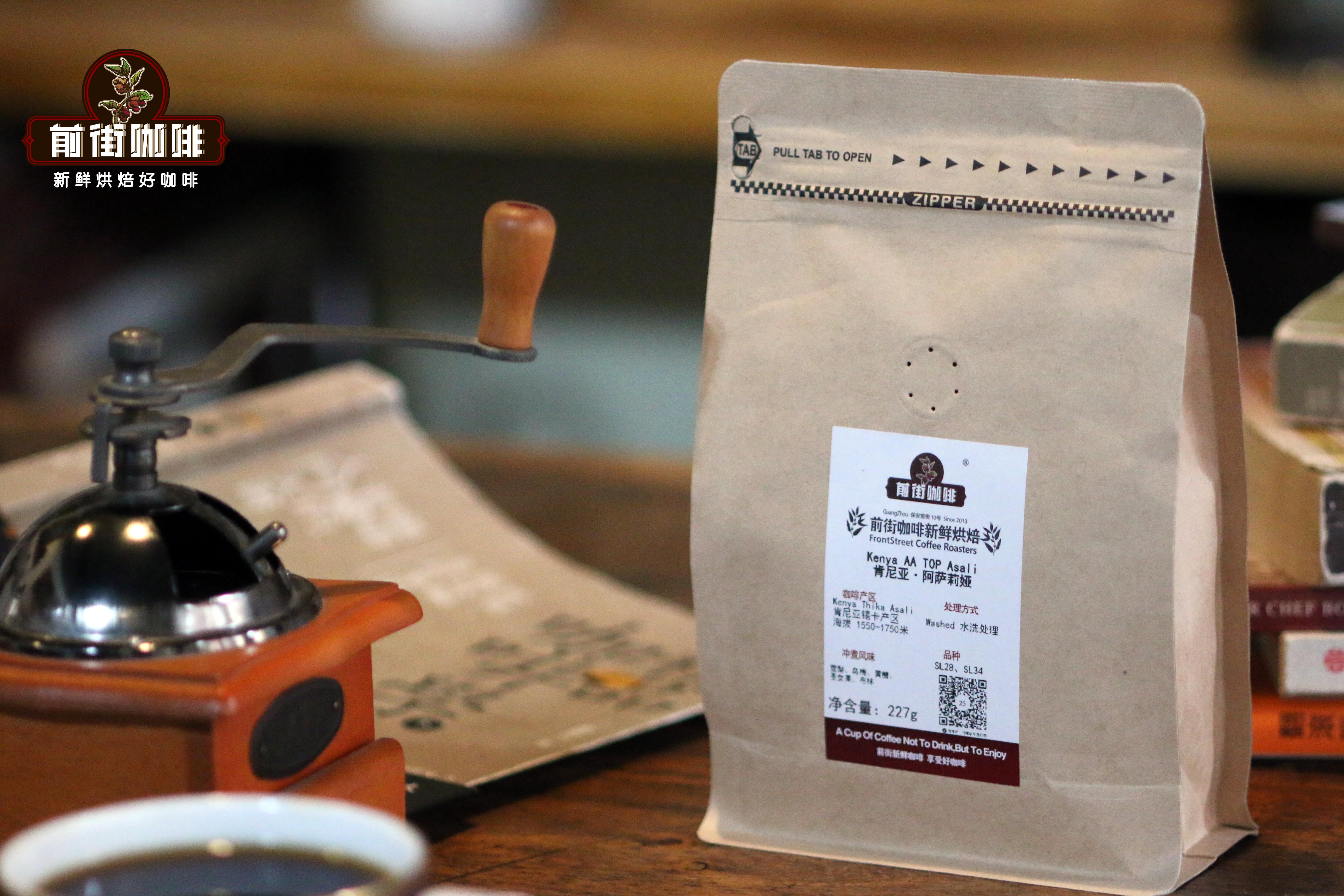
Professional coffee knowledge exchange more coffee bean information please follow the coffee workshop (Wechat official account cafe_style)
For more boutique coffee beans, please add private Qianjie coffee on Wechat. WeChat account: qjcoffeex
Important Notice :
前街咖啡 FrontStreet Coffee has moved to new addredd:
FrontStreet Coffee Address: 315,Donghua East Road,GuangZhou
Tel:020 38364473
- Prev
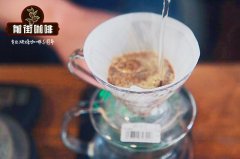
Arabica coffee beans recommended by the brand _ the reason why Arabica coffee beans are more expensive than Robusta
Professional coffee knowledge exchange more coffee bean information Please pay attention to the coffee workshop (Wechat official account cafe_style) Arabica coffee beans have excellent flavor and aroma quality, and are often used to make boutique coffee, while robusta is easy to grow and has the advantage of low price, it is mainly used for hybridization or as the main raw material of instant coffee. If the varieties of coffee are divided by biology.
- Next
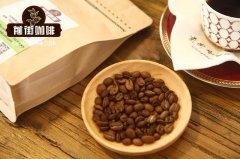
What are the most expensive varieties of Arabica coffee beans? which brand of Arabica coffee is better?
Professional coffee knowledge exchange more coffee bean information Please follow the coffee workshop (Wechat official account cafe_style) for people who often buy coffee beans, they should be able to understand that there is a wide range of coffee prices in different producing areas. However, it is clear that they are all Arabica coffee beans, so why can the price range to more than a thousand yuan? It can only affect the price of Arabica coffee beans.
Related
- Beginners will see the "Coffee pull flower" guide!
- What is the difference between ice blog purified milk and ordinary milk coffee?
- Why is the Philippines the largest producer of crops in Liberia?
- For coffee extraction, should the fine powder be retained?
- How does extracted espresso fill pressed powder? How much strength does it take to press the powder?
- How to make jasmine cold extract coffee? Is the jasmine + latte good?
- Will this little toy really make the coffee taste better? How does Lily Drip affect coffee extraction?
- Will the action of slapping the filter cup also affect coffee extraction?
- What's the difference between powder-to-water ratio and powder-to-liquid ratio?
- What is the Ethiopian local species? What does it have to do with Heirloom native species?

